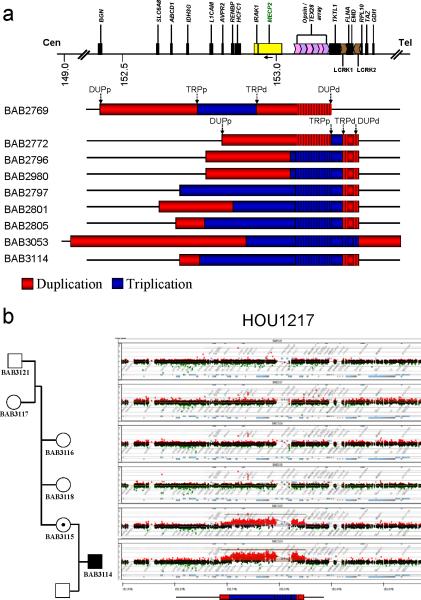Figure 2. Individuals carrying complex triplications of Xq28.
(a) Genomic region harboring the alterations involving MECP2. Duplications are represented in red and triplications in blue. Arrows on top of the BAB2769 and BAB2772 rearrangements indicate the position of the transitions to gain according to array-based Comparative Genomic Hybridization (aCGH); in 6 out of 8 cases (BAB2796 and BAB2980 are brothers), the distal transition/breakpoint of both duplications (DUPd) and triplications (TRPd) (indicated by arrows) cluster within a pair of LCRs termed K1 and K2 contrasting with the scattered nature of the proximal breakpoints of both duplications (DUPp) and triplications (TRPp) in the same group of patients. Vertical lines embedded within the rearrangement bars represent low copy repeat regions (LCRs) for which the copy numbers were not inferred due to poor probe coverage. (b) aCGH (Agilent Technologies, Santa Clara, CA) result for family HOU1217. Carrier mother BAB3115 with a de novo complex triplication that was transmitted to her son (BAB3114).

